
Polarized Training Pathway
In collaboration with Dr. Stephen Seiler, the “father of polarized training,” we have curated everything you need to know about the 80/20 training method.

Cycling training is a science and an art. How endurance athletes train, when they train, and the intensity and duration of that training all affect the gains and adaptations they see.
Proper interval execution is essential to see the expected progress. How you analyze and interpret all that data is equally valuable. Of course, training needs to be planned so it fits into any given season, race schedule, and lifestyle. Off the bike, the importance of strength and conditioning is often neglected.
This is training. This process is what athletes live for.

In collaboration with Dr. Stephen Seiler, the “father of polarized training,” we have curated everything you need to know about the 80/20 training method.
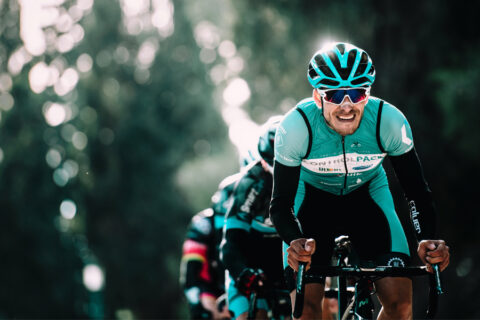
Interval workouts are a fundamental part of any endurance training program. Learn exactly what intervals are, why they are so important, and how to properly execute interval workouts with the help of Sebastian Weber, Neal Henderson, and Dr. Stephen Seiler.
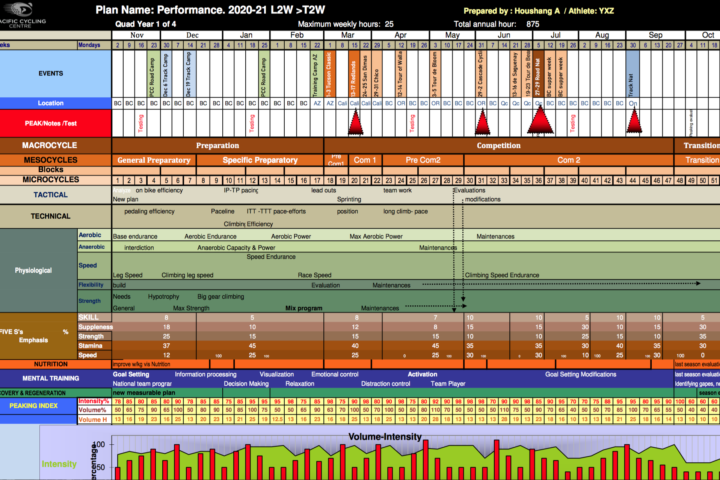
We review the art and science of developing and maintaining an annual training plan, which helps athletes progress and perform at their best.
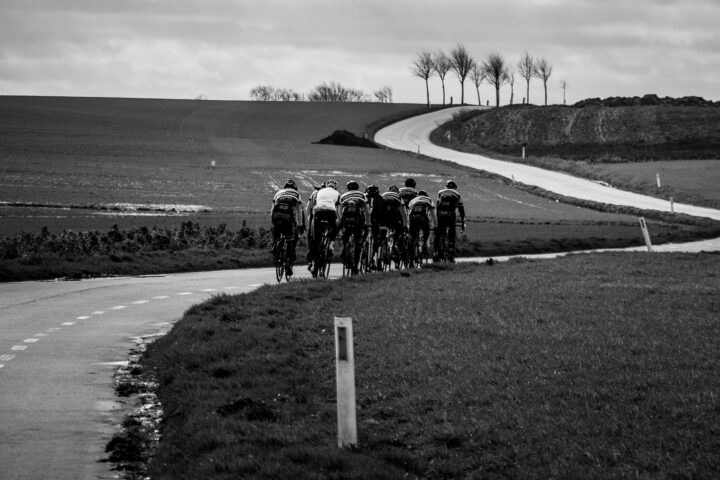
It’s hard to find time to fit in the long, slow miles that traditionally comprise the base season. Coach Trevor Connor offers suggestions for improving life-training balance, understanding quality versus quantity, and more.

Head Coach Ryan Kohler details the profound physiological impacts that altitude can have on our heart rate and power output.

HIT has many proven benefits and several big limitations. Trevor Connor explores how HIT works, its effects, and the most effective high-intensity interval workouts you can choose for specific gains.

High-intensity training offers many benefits. It also has limitations. We explore just how much HIT work you need to perform at your best.
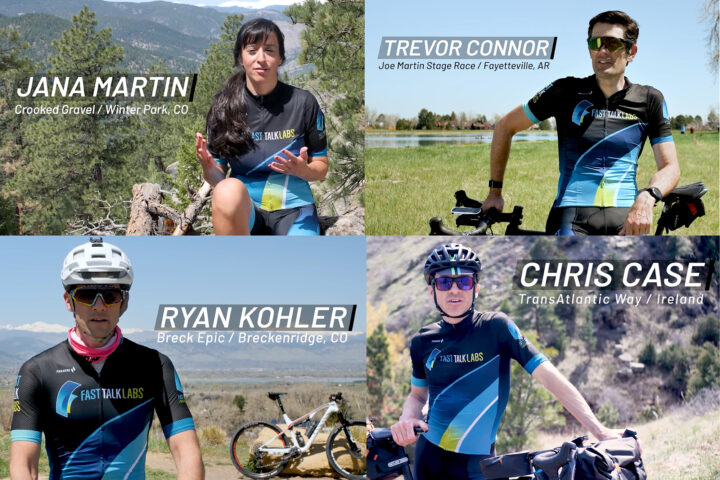
Making a mid-season assessment of your training, and effectively modifying it (if needed), takes skill and confidence. We discuss how to do it, particularly when it comes to structure, recovery, limited time, and top-end form.
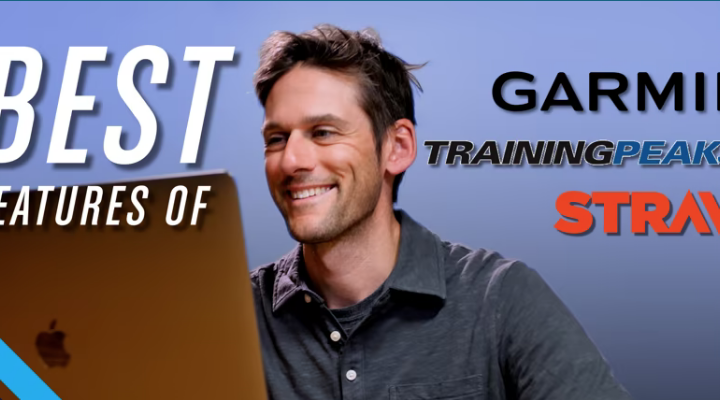
We highlight the most powerful features of each of the three most popular training analysis tools.
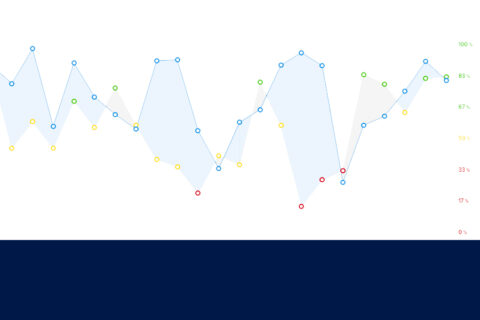
Analyzing your training is a critical aspect of improving fitness. With the help of Dr. Stephen Seiler, Colby Pearce, Julie Young, and many others, we explore how and why to monitor and analyze data, and explore different approaches to interpreting and managing your workout data.

Can cycling twice in one day produce the same benefits as one long ride? Do “two-a-days” yield adaptations you can’t get any other way? We explore.
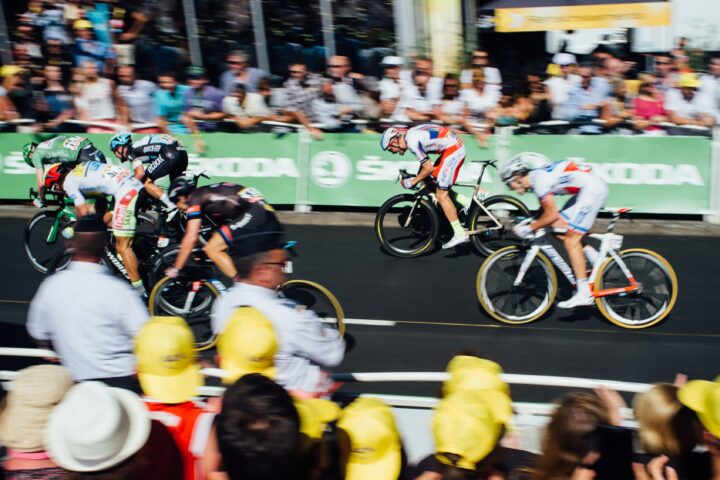
We explore the physiology of race season—how to find top-end fitness, how long it takes, and the best ways to do it.

Are you tempted to throw out those five-hour rides—not enough time or willpower, or maybe you find them boring? Don’t do it! Trevor Connor explores the adaptations that can only be gained from long, slow miles.

Training and racing at elevation can have a significant impact on performance. We explore some ways to improve your preparation for races at altitude.

Interval workouts are a fundamental part of any endurance training program. Learn exactly what intervals are, why they are so important, and how to properly execute interval workouts with the help of Sebastian Weber, Neal Henderson, and Dr. Stephen Seiler.
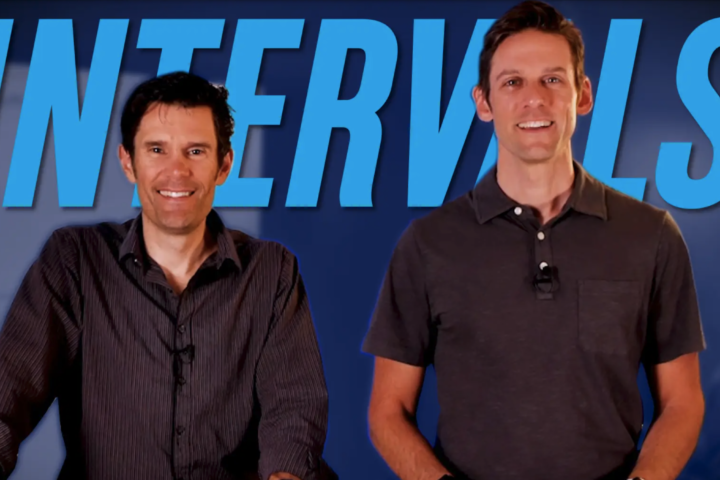
Intervals are a fundamental component of training. They enable athletes to add intensity in a controlled manner, and target specific energy systems.
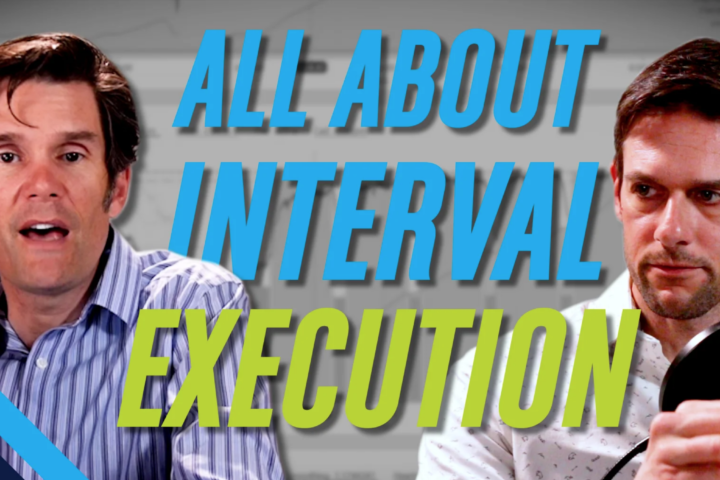
Learn how and why you should select certain intervals, how to integrate them into your training plan, when to do them, and how to properly execute them.
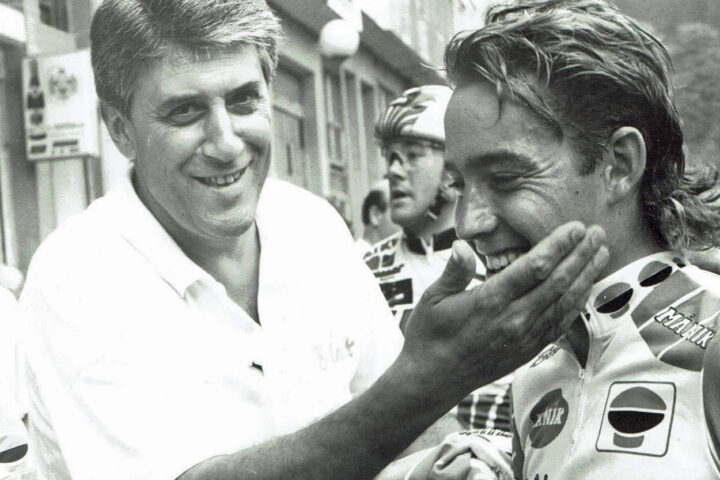
With regard to physiology principles, what has and has not changed since the 1980s? We compare the science, equipment, and analysis software, then and now. Which decade wins? Stay tuned.
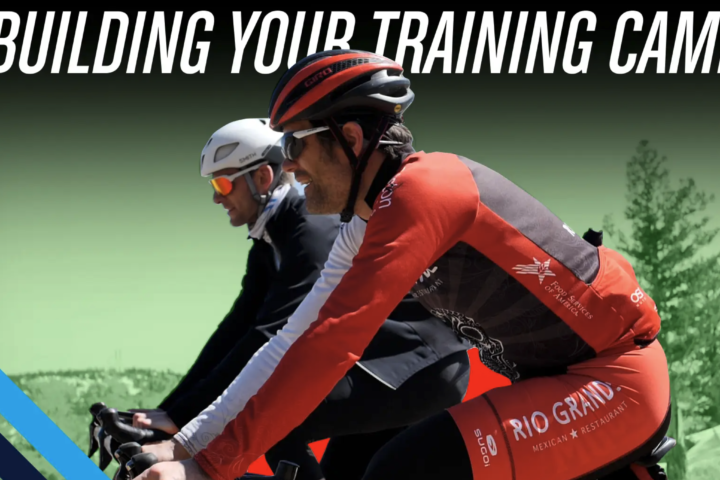
Coaches Ryan Kohler and Trevor Connor discuss tips, tricks, and the underlying principles to help you design a training camp.
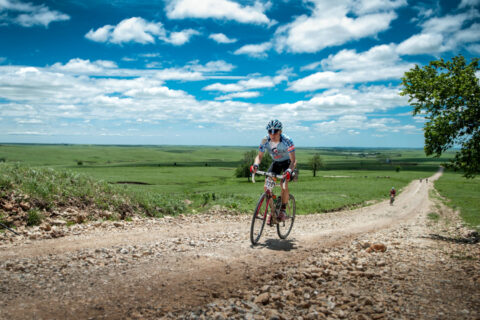
We explore the training, pacing, sleep strategies, and psychology of ultra-cycling events.
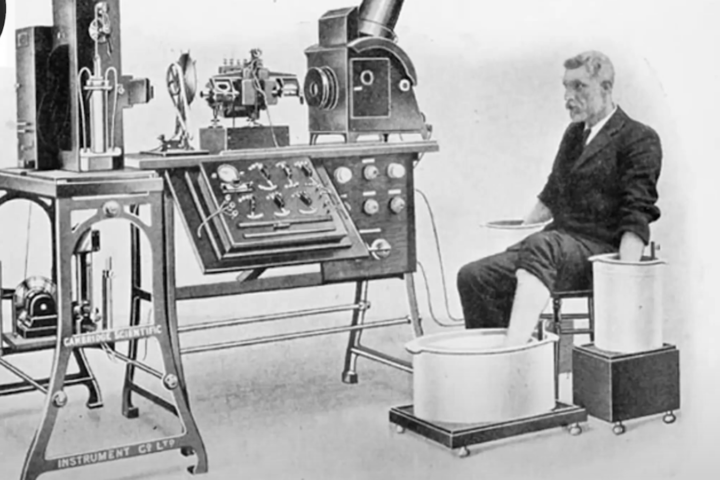
Dr. Stephen Seiler presents on the history and future of endurance sports testing and monitoring.
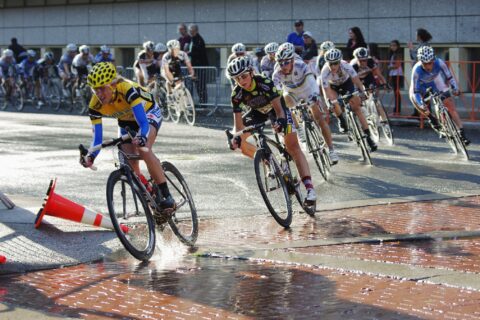
Former Fast Talk guests including Ted King, Lindsay Golich, and Kristin Armstrong discuss their favorite workouts and their benefits.